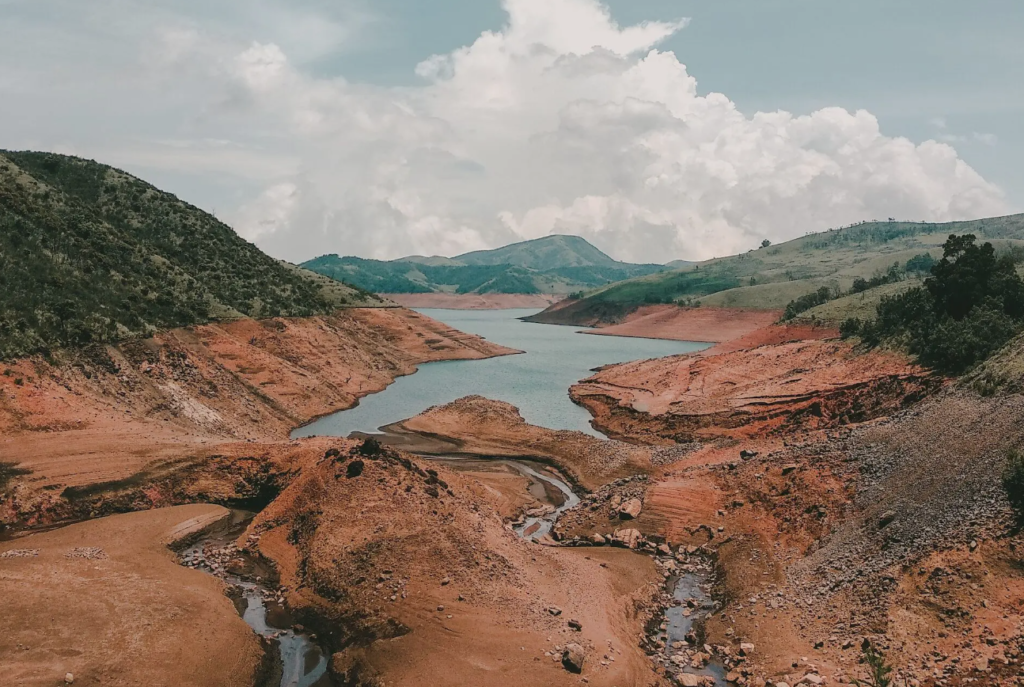The new study on extreme events is published on PNAS
In recent years, many studies have analyzed how the climate crisis affects extreme events. We are virtually certain that heat waves, flash floods, droughts, and other natural disasters compounded by anthropogenic climate change will become both more intense and more frequent as the temperature of the planet increases. Less information is available on how episodes where extreme events occur in rapid succession and insist on the same territory will change.
It is to this question that answers a research published on PNAS that analyzes the future evolution of the combination of heat waves and drought episodes around the world. “We wanted to see how the state-of-the-art climate models used in the most recent evaluation reports of the Intergovernmental Panel on Climate Change (IPCC) address the episodes of heat waves and droughts that have given rise to some of the worst fires we have witnessed in recent history” explains Michael Mann, one of the co-authors. “We also wanted to better understand the frequency of these events, their typical duration and their intensity to not only improve our predictions, but also the approaches to mitigate further damage to human life,” he added.
2 pairs of extreme events a year of at least 25 days and 4 times more intense
Two scenarios are considered: the worst, in which humanity cannot contain the escalation of global temperature, and a median one in which some countermeasures are taken to moderate climate change. In the first case, by the end of this century about 20% of the land will be hit by a pair of extreme events at least twice a year. Events that could last for about 25 days and be 4 times more intense than today. In the second case, however, there is an average frequency of 1.2 events per year, lasting less than 10 days and much lower intensity.
Then there is geographical diversity. The southern hemisphere will be the one where the frequency of paired extreme events increases the most, while the northern hemisphere will have less but will be proportionally much more intense. Among the most vulnerable regions to this evolution, the study mentions North America, the south-eastern part of South America, Central Europe, East Africa, Central Asia and the northern part of Australia.

